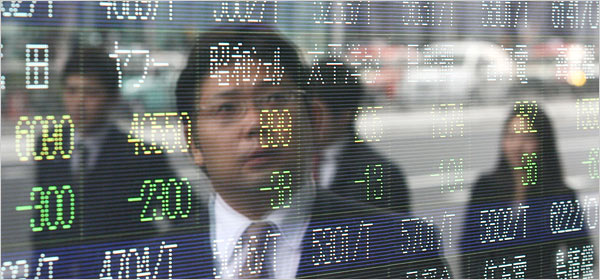
Asian and Pacific Rim financial markets have opened a new week trading quietly around their flat lines. Regional traders are digesting economic data out of China that indicates their manufacturing sector expanded activity during the month of November.
In Japan, the Asian benchmark the Nikkei 225, was trading just below the flat line by the late morning hours, Hong Kong Time (HKT). The broader Topix index saw its shares fall over half a percent
Japanese economic data showed that retail sales added 6.4 percent in the month of October and inline with financial market forecasts. This is the preliminary look and released by Japan’s Ministry of Economy, Trade and Industry.
In South Korea, the Kospi composite index was down 0.2 percent and elsewhere in the Asian and Pacific Rim was trading down 0.75 percent this morning.
In Hong Kong, the headline Hang Seng index was up a fraction of a percent and the equity bourses on mainland China were higher by late morning trade hours.
The Shanghai composite was trading up 0.8 percent and the Shenzhen component saw shares rise 0.34 percent by late morning,
Asian Traders Digest Better than Expected Manufacturing PMI Data
Traders are digesting better than expected official monthly manufacturing purchasing managers’ index (PMI) data released by the world’s second largest economy, China, on Monday.
China’s National Bureau of Statistics said that November’s manufacturing purchasing managers’ index came in at 52.1. This beat median financial market expectations for a print of 51.5.
In this type of data set, any reading above 50 signifies expansion in the underlying sector. PMI data is sequential and not forward looking. They show month to month changes.
This is the ninth month in a row that official manufacturing PMI data expanded as their economy continues to recover, rather strongly, from the coronavirus (Covid-19) pandemic.
 Forex Marketz Daily Forex News – Fully Markets Update
Forex Marketz Daily Forex News – Fully Markets Update



